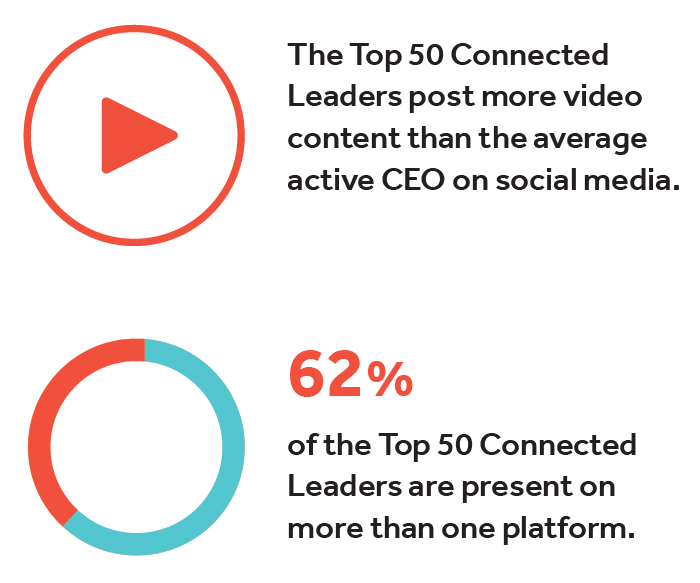There are new challenges and increased expectations for the leaders of cultural institutions. From attracting new audiences to criticism surrounding funding, there is an unprecedented opportunity for leaders of cultural institutions to have an active presence online to mitigate criticism, pre-empt challenges, and connect with new audiences in the digital age.
Just 25% of the leaders of the Art Newspaper's most visited institutions are active on social media. This presents an opportunity for cultural leaders to chart the course for the sector.
Key Findings from the leaders of the Art Newspaper’s 71 Most Visited Institutions
“The status quo is actually the riskiest place to be. Cultural leaders and their teams must be adept at harvesting and understanding data and also analysing contemporary trends.”
Kaywin Feldman
National Gallery of Art
- Which platforms?
Instagram: 18% are active users
Twitter: 10% are active users - Instagram is the obvious platform for visual storytelling, but it is not necessarily the right platform for your unique objectives. When considering your channels, first determine your target audience and communications goals.
- Are you optimizing your visibility? Only half had a biography on their website (49%), impacting their ability to appear in search results – a crucial component of your digital reputation.

25% of Cultural Leaders from the Art Newspaper's Most Visited Institutions are active on social media.
- What do they share? While all of the Connected Leadership among cultural institutions use their platforms to share the art they enjoy, each differs on the levels of personal, political, and social content they share with their audiences. What unites all Connected Leaders is that their content is authentic and consistent.
- Why do they share? Speaking directly to stakeholders to complement traditional media is a critical leadership strategy in the digital age. Leveraging digital channels allows leaders to establish themselves as thought leaders in the field and address issues directly. Kaywin Feldman uses her platform to highlight the role of culture within society and the socio-political issues culture can help tackle, while Kim Sajet uses social media to explore themes close to her: portraiture, history, and identity.
What the top Connected Leaders do right globally

Use visuals
The Top 50 Connected Leaders understand the importance of visual content, with a majority using photos and videos in their posts in the last year.
Be yourself
Leaders who are connected and respected share another characteristic – they’re themselves. Authenticity is a key factor in meaningful digital communications.
Commit to consistency
The Top 50 Connected Leaders post more frequently than other active CEOs. These leaders post twice as much content as their peers, while maintaining a high level of quality in their content.
